by Megan McCaffrey & Katy Hisrich
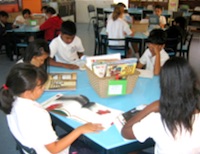 Learning does not stop once a story is read. A story should be read multiple times in order to know the story well. Learning experiences can and should go beyond the pages of a book. Whatever concepts, ideas, language, illustrations and so on should be further explored in order to deepen understandings. There are many ways to extend learning. Several ways to extend learning beyond the read aloud are through: literacy centers, invitations that can include drama, music, art, and writing, or tying a story into areas across the curriculum.
Learning does not stop once a story is read. A story should be read multiple times in order to know the story well. Learning experiences can and should go beyond the pages of a book. Whatever concepts, ideas, language, illustrations and so on should be further explored in order to deepen understandings. There are many ways to extend learning. Several ways to extend learning beyond the read aloud are through: literacy centers, invitations that can include drama, music, art, and writing, or tying a story into areas across the curriculum.
What If and Why?: Literacy Invitations for Multilingual Classrooms by Katie Van Sluys
Literacy Work Stations: Making Centers Work by Debbie Diller
Literacy centers can extend literacy skill instruction from small group, or whole group interactive read alouds. Literacy centers allow students to practice specific literacy skills taught and practiced in small or whole group individually. Somewhat similar to literacy centers but with much more open ended activities, invitations (Van Sluys) allow for students to deepen their understanding of a concept. Invitations also allow students to demonstrate their interpretation of a story or concept through a varieties of creative arts.
A strong push by Common Core State Standards is for instruction to extend across the disciplines. A story selected for a read aloud for Language Arts can be utilized to connect with concepts in Social Studies, Science or Math. Instruction across the curriculum allows for: reinforcement of information, teachers collaborating and providing a more synergistic experience, efficiency of instruction, supports multiple ways of knowing (i.e. space, balance), and real world examples which make learning relevant to students’ lives.
Journey through Worlds of Words during our open reading hours: Monday-Friday, 9 a.m. to 5 p.m. and Saturday, 9 a.m. to 1 p.m. To view our complete offerings of WOW Currents, please visit archival stream.
- Themes: Katy E. Hisrich, Learning Beyond Read ALoud, Megan McCaffrey
- Descriptors: Books & Resources, WOW Currents

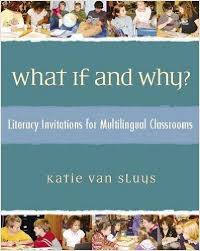
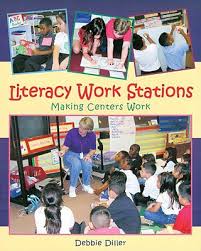
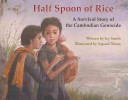
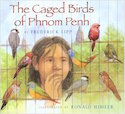

Although it seems as though many people are against common core there is good that comes from it. Cross curriculum instruction is wonderful because teachers can save time by teaching social studies and say language arts at the same time as stated in the blog. When I was going through my lab experiences I read a book about the first thanksgiving and my students were learning about a grammar language arts concept as they learned what thanksgiving was really about historically. Also, learning should be relevant to students because if they cannot relate how much will they really remember later? This blog has taught me so much and it was written in such a relatable way.
I really like this article and learning more about “literacy stations”. I think that these can be very helpful in any classroom across any content area. As a c-teacher I teach students with all types of ability ranges and using centers is a great way to differentiate the student’s different learning abilities. I like the point about “extended learning.” Even at the middle school level I think it would really benefit students to have units that go across multiple content areas. For example, in 8th grade at my school the students have Georgia Studies in Social Studies. For ELA it would be great if we would read articles, novels, etc. by Georgia authors or about Georgia. This would allows students to extend the lesson or the concept across two courses. Another comment that I liked was about “making the learning by relatable to student’s lives.” As teachers I often find it difficult to take the standards and explain to the students “why” we need to be learning this. If teachers can find a way to make learning more authentic for students (and I believe parts of the Common Core does this) would make students more aware and more concerned with their learning. Thank you for your post!